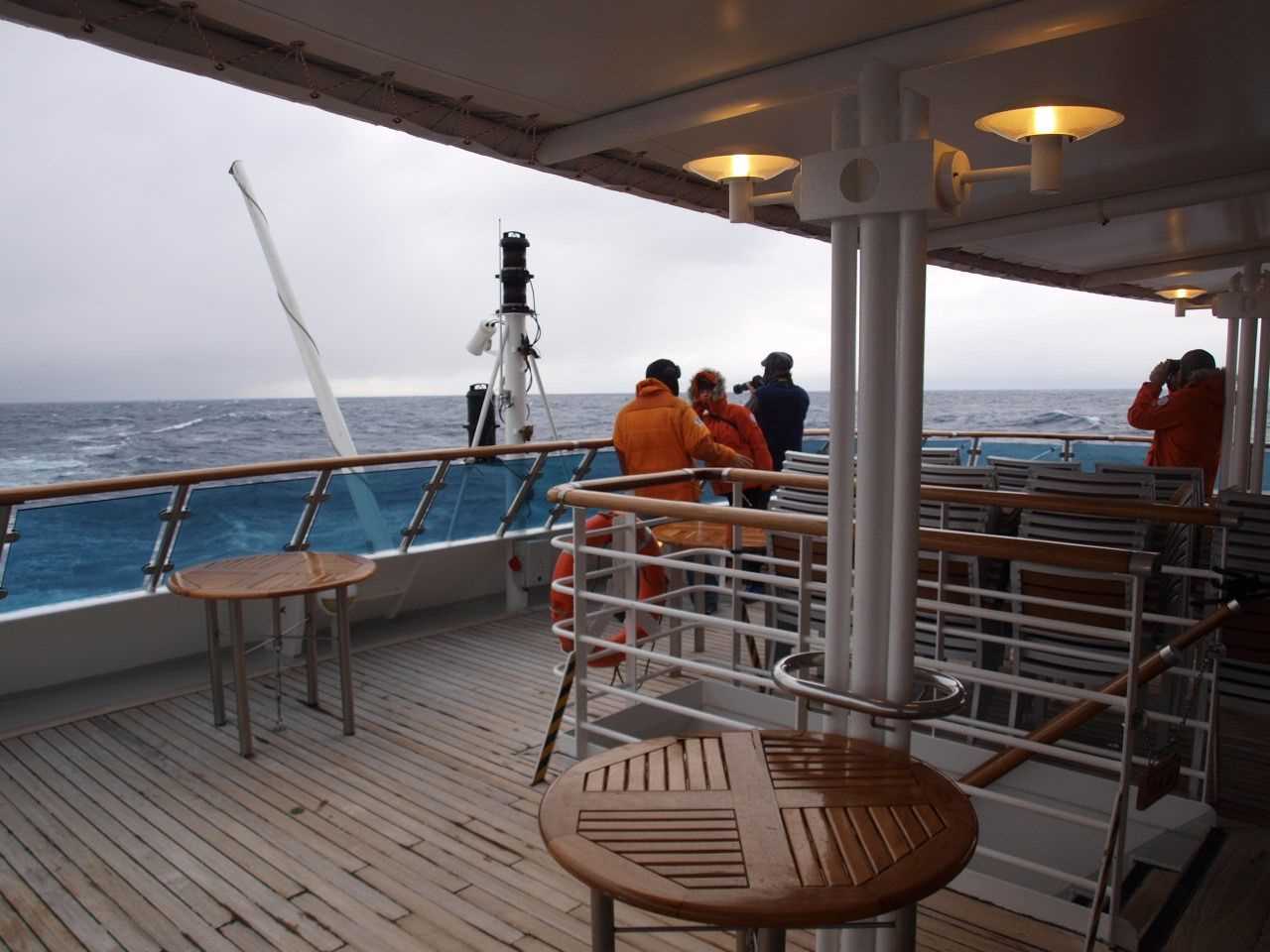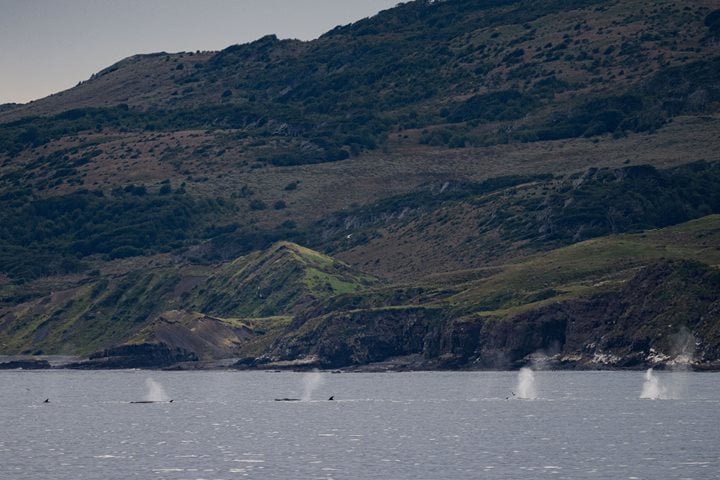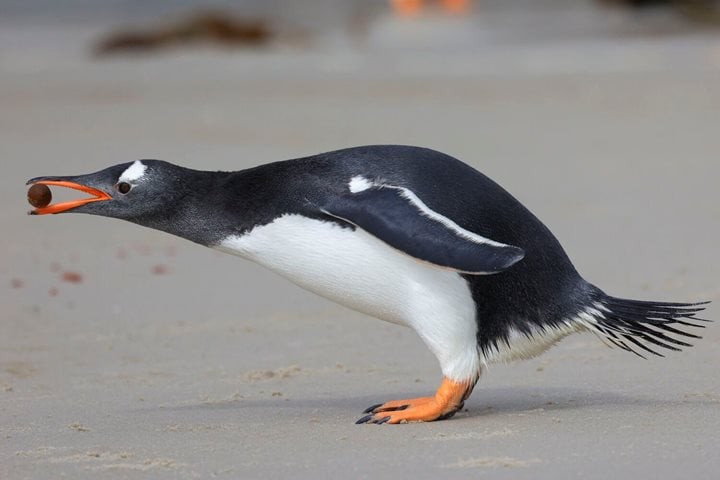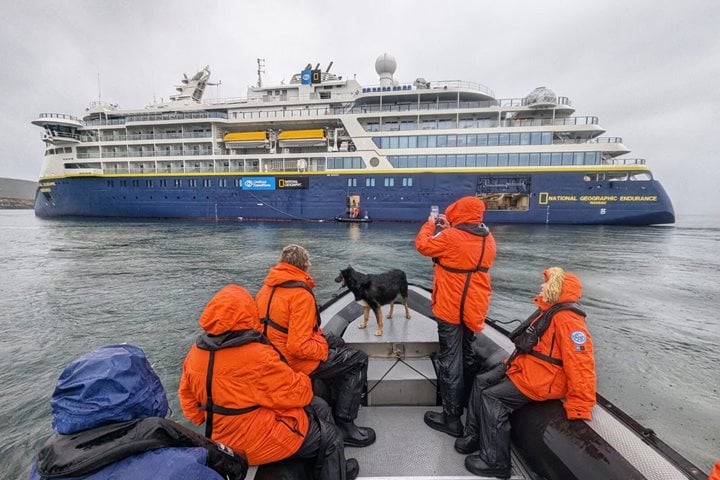We began and ended our day on the slate-black seas of the South Atlantic Ocean. This is as much a wilderness as any on land, and while the scenery is remarkable only in sobering waves and wind, it is rich in the life adapted to it. We’ve already had many seabirds following the ship, hoping our propeller and wake will stir up their next meal, and have now added the wandering albatross to our sightings (as well as fulmars and other seabirds, too!). This large wanderer has a wingspan up to three meters, which is more than 12 feet; the largest of living birds. In order to minimize the chance of birds being attracted to lights and striking the ship, we have instituted an evening black-out procedure for most outside windows, dimming lights to the minimum required for passenger and ship safety.
After morning stretches and a great breakfast, we all attended the mandatory South Georgia biosecurity briefing. This island, and those further south to Antarctica, are particularly susceptible to invasive species, both plant and animal. As recently the glaciers have been receding and summer seasons lengthening, the risk is even greater. The Norway rat, arriving with the early sailors, is a common example, and was so devastating to plants and birds that a massive (and so far successful) eradication program was undertaken over the last few years. Everyone thoroughly vacuumed and cleaned all gear they planned to wear ashore, so as not to be a conveyer of seeds or bugs that might take hold.
The afternoon brought informative and interesting talks on establishing a sense of place in photography, and what it’s like to be one of the human inhabitants of South Georgia. Even on sea transit days, there is lots to do and much to learn.
By the end of the day we are almost halfway on our transit to South Georgia, despite lumpy seas from the west, and a freshening beam wind. While surface sea temperatures have fallen close to five degrees C, we are looking forward to crossing the Polar Front, marked by a sudden change to colder sea temperatures, and indicative of the northern boundary of the rich Antarctic Circumpolar Current. The interaction of this current with the rocks and islands creates the diverse and abundant marine life we look forward to seeing around South Georgia.







